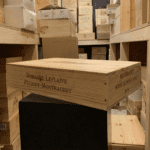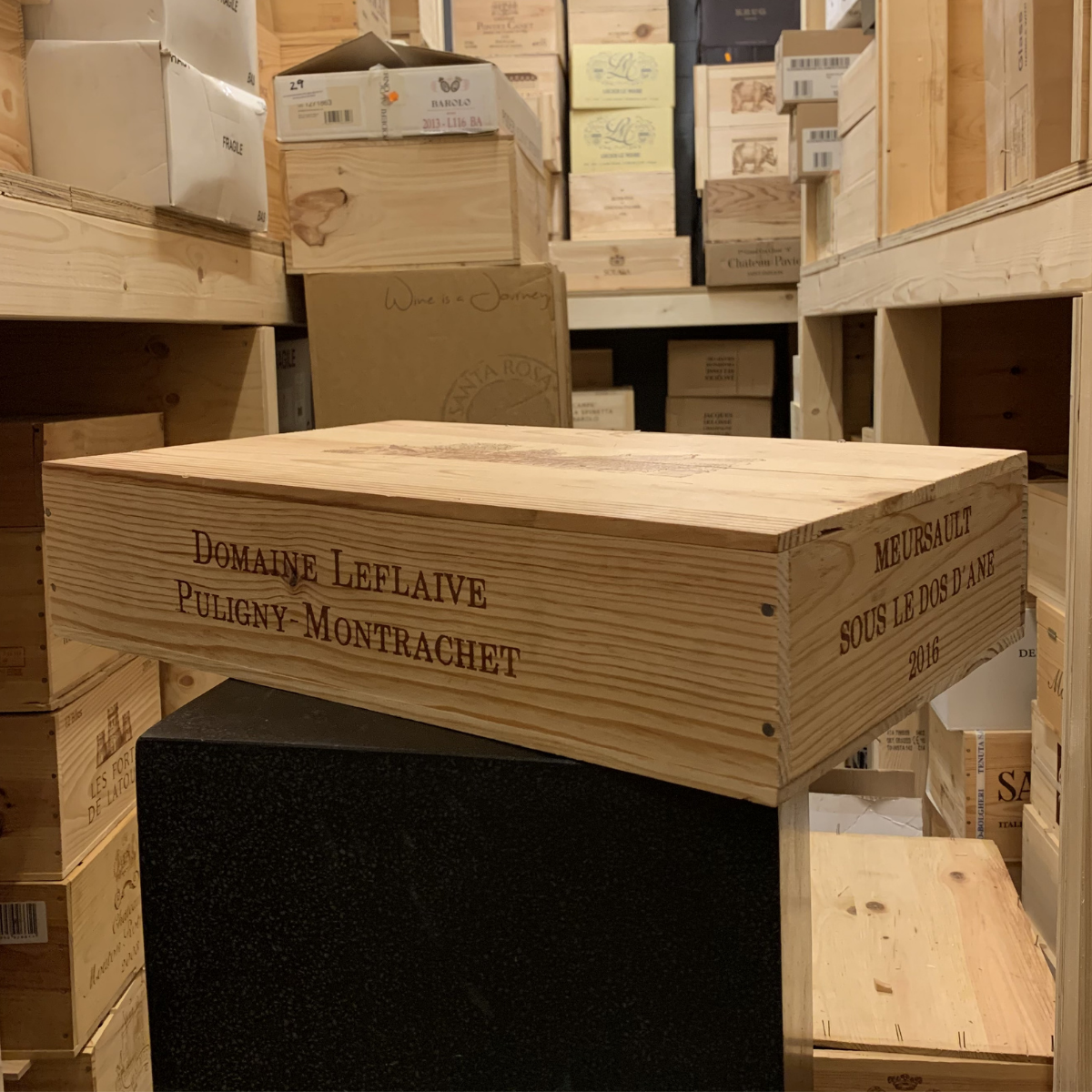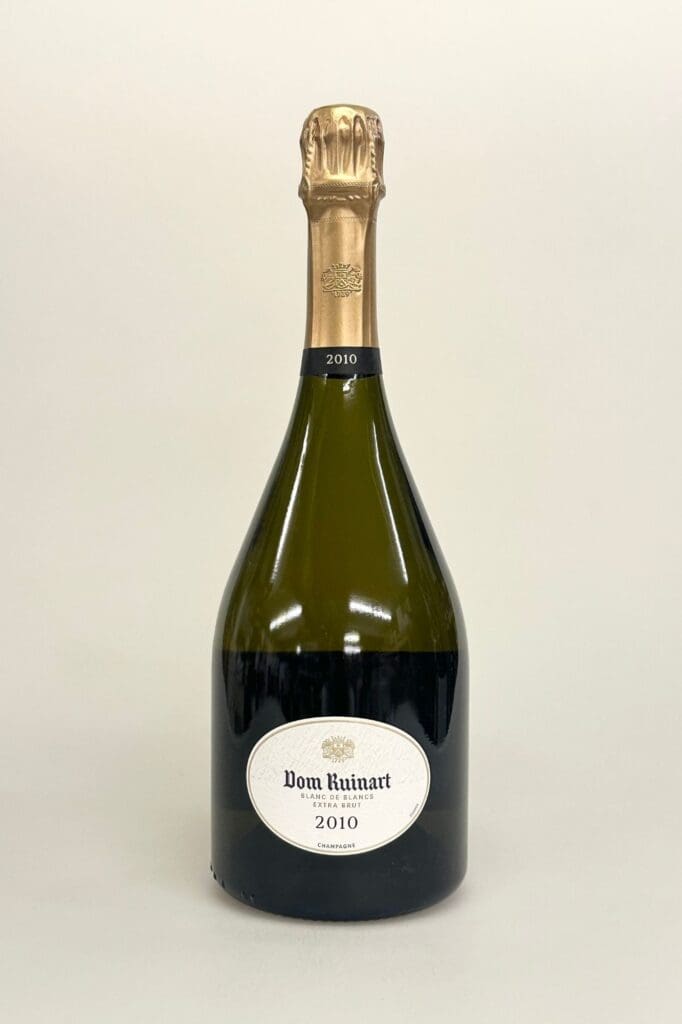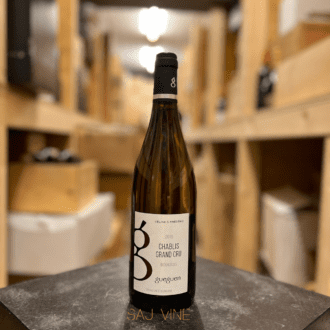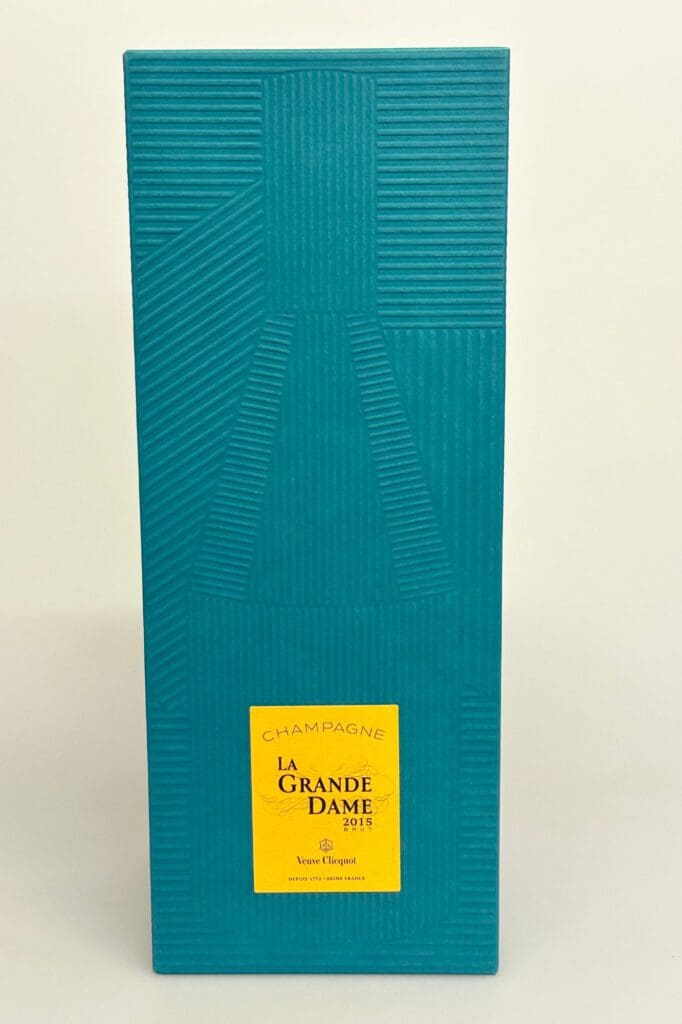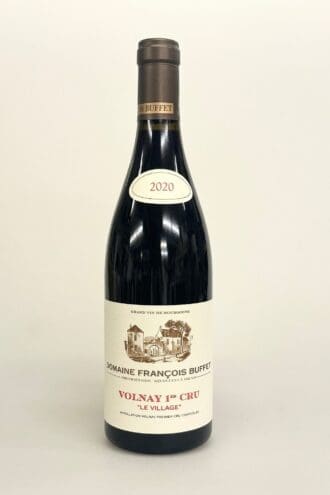Domaine Leflaive Meursault 1 Cru Sous le Dos d’Ane 2017
The 2017 Meursault 1er Cru Sous le Dos d’Ane offers up aromas of green apples, tart Anjou pear, spring flowers and mint. On the palate, it’s medium to full-bodied, with good concentration and chewy extract—Leflaive performed a green harvest on this young vines this year—underpinned by juicy acids and concluding with a pure finish. This is a promising Meursault in the making.
The 2017 vintage is the first with Domaine Leflaive’s new régisseur Pierre Vincent at the helm, so this was naturally a tasting replete with interest. No domaine stands still, and this storied Puligny estate has already witnessed a number of distinct eras. First came founder Joseph Lefalive and régisseur François Virot in 1918, who replanted the Leflaive vineyards after phylloxera and inaugurated the practice of completing the wines’ élevage in stainless steel to compensate for Puligny’s lack of cold, humid underground cellars. François retired in 1953, succeeded by his son Jean at the same moment when Jo and Vincent Leflaive succeeded their father Joseph. Uniting amplitude, tension and, above all, elegance, the wines of the Virot era defined greatness in Puligny and made the Domaine’s reputation. With Jean Virot’s retirement in 1989, followed by Vincent Leflaive’s in 1990, Meursault’s Pierre Morey took over as régisseur, and Morey’s wines were made in a more Meursaultien style—more leesy and reductive, and often more overtly phenolic. As time passed, Anne-Claude Leflaive’s passion for biodynamic approaches in the vineyards may have translated to a more laissez-faire approach in the cellar. But whatever the explanation, towards the end of Morey’s tenure and into that of his successor, Eric Remy, the Leflaive wines were hit hard by premature oxidation. Good bottles can be terrific, but readers should approach anything produced between 2004 and 2013 inclusive with their eyes open. This extended preamble is included by way of context for a vintage that marks a new chapter in the history of the Domaine Leflaive. New presses, a newly renovated barrel cellar, and revised racking and bottling practices are among the obvious changes. More subtly but just as importantly, a new palate with a different sensibility is making picking decisions. What’s more, the Domaine’s reputation stands at a crossroads, as consumers balk at expensive bottles, oxidized before their time. New manager Brice de La Morindière, who succeeds Anne-Claude Leflaive, is candid about the problem and the need to solve it; but, if anything, he has raised the stakes, by substantially increasing the Domaine’s prices.
________
Se alle vinene i Skatkammeret, kun Fine Wine & Champagne her.

